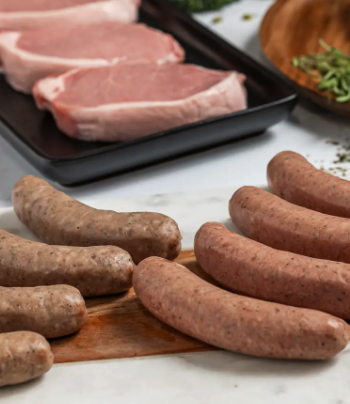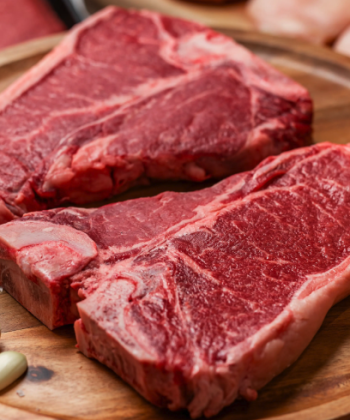Wine is a science and art form experienced in culture and wrapped into one beverage. Several varieties and tasting notes are considered when it comes to red wine, which is difficult for beginners to navigate. Your ability to taste, pair, and appreciate each sip of red wine will increase with the aid of this book.
Understanding red wine varieties
Understanding the grape varietals and distinctive qualities is the first step in exploring red wine. Well-known varieties with unique flavors and characters include cabernet sauvignon red wine. Red meats go well with a win due to their strong flavor and high tannin content. It also has overtones of plum and blackcurrant. Proper pairing with various foods is essential since it is fruitier and gentler, with notes of chocolate and cherry. Some pair well with salmon and duck because of their lighter body and complex profile, highlighting notes likes strawberry and earthy overtones. On the other hand, some are fantastic matches because of their solid and peppery qualities.
The art of testing red wine
Red wine tasting is a sensory-rich, entertaining experience. Start by examining the color of the wine, as this might reveal its age and level of concentration. Younger red wines typically have more brightness, while older wines have a brick-like color. Give the wine a gentle swirl to release its aromatic compounds and thoroughly enjoy its bouquet. Swirl briefly, then take a deep breath and notice the emerging scents. This sense of smell is essential because so much of what we experience as “taste” originates from scent. Allow the wine to coat your palate as you sip, then focus on the initial, body, and finish flavors. Think about the sweetness, tannins, and acidity of the wine.
Food pairing essentials
Food and red wine pair incredibly well and enhance the dining experience. The key is to balance the tannins in the wine with the richness of the food to suit a better taste. Bolder wines require pairing with heartier dishes. Additionally, consider the sauce when preparing a dish, as it often dictates the pairing more than the protein. Some require a tomato-based sauce, but others require creamy sauce. It is also beneficial to consider the primary flavors of dinner; for instance, spicy dishes mix well with fruity wines, while earthy dishes, like risotto with mushrooms, pair well with earthy wines.
Exploring Regions and Terroir
Understanding terroir is necessary to enjoy the nuances of red wine fully. Terroir describes the unique characteristics of a wine that come from its specific location of origin and winemaking methods. For instance, some red wines are highly recognized for their blended nature; for example, most made of cabernet sauvignon red wine produce elegant and age-worthy blends. Some are known for their excellent spot as a grape, often associated with harsh acidity and herbaceous tastes. The rich, fruit-forward are well-known. Conversely, Australia’s Barossa Valley is renowned for producing rich, fruit-forward Shiraz wines with a substantial body.
Proceeding with Your Tour
When learning about red wine, consider attending tastings, stopping by nearby vineyards, or joining a wine club to interact with other connoisseurs. This exchange lets you learn more about wine and enjoy it more. Keep a wine notebook in which you record tasting notes, including the wines you’ve tried. Over time, this will help you develop your taste and discover your preferences. Understanding red wine is a rewarding experience that blends learning, discovery, and fun. You can enjoy this ageless libation by learning about varietals, developing your taste skills, discovering meal pairings, visiting various wine locations, and having a casual glass at home or treating yourself to a beautiful bottle in comfort.



